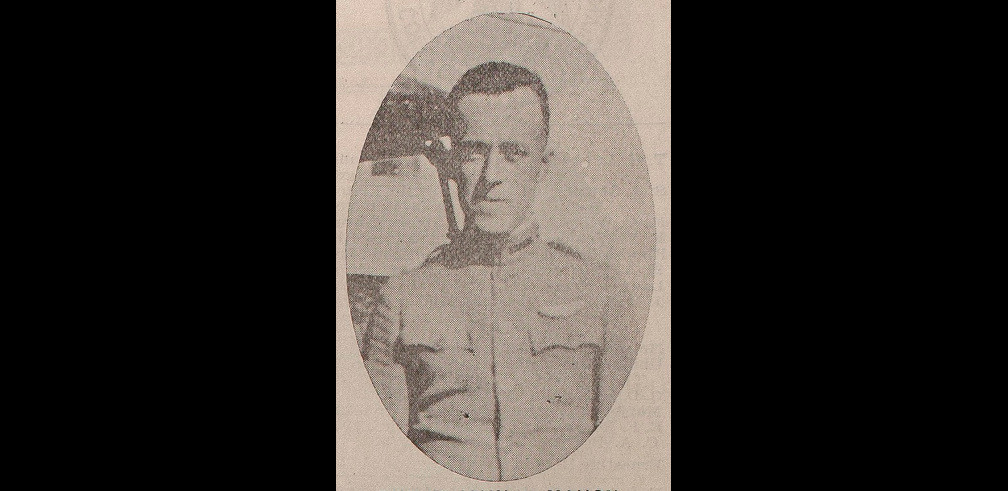Philip John McMahon
1894 - 1918

Philip John McMahon, born on August 29, 1894, in Thibodeaux, Louisiana, was the son of Mathilde Dansereau and R.S. McMahon. Philip’s father owned a store in New Iberia, where he sold furniture, carpeting and flooring, shades, and wallpaper. Philip was raised in New Iberia and attended the New Iberia Public School for both elementary school and high school. On January 29, 1912, Philip began college at Louisiana State University in Baton Rouge, Louisiana, where he studied engineering. His first year, he served as a private in the A Company. In 1914, McMahon joined the freshman football team, holding the position of right end. He joined the track team while continuing to play football, and served in Company D. McMahon joined the German Club and also pledged to the Class of 1917 in one of the largest fraternities at LSU, the Gamma Chapter of Kappa Sigma. Philip was a legacy in Kappa Sigma Fraternity because his maternal grandfather was also a Kappa Sigma. In 1916, Philip remained active and involved at LSU, but decided to join one more club, the Military Band, and quickly became a sergeant. In 1917, the year of his graduation, Philip had to drop out of college because he was drafted into the U.S. Army.
McMahon learned that he had been drafted from a New Iberia newspaper. He read his name on June 5, 1917, among the names of over 100 other young men who were called to duty at the First Officers’ Training School in Fort Logan H. Roots, Arkansas. Philip quickly applied for the aviation program but was denied due to a physical defect. He went into surgery shortly after to correct his defect. Philip then applied and was admitted to the Georgia School of Technology where he received Honor Roll and finally graduated on November 17, 1917. After graduating college, Philip was sent to Kelly Field 2 in Texas to train as an aviator. Shortly afterwards, he was commissioned as 2nd Lieutenant in the Aviation Section, Signal Corps. He was then transferred to Gerstner Field, Louisiana, where he finally became a pursuit and combat aviator. In the spring of 1918, he went to Issoudun, France, home of the U.S. Air Service’s largest training base and the world’s largest base in World War I.
McMahon was only in Issoudun for several months when he had a tragic flight accident on September 3, 1918, and died on impact. Lieutenant Dracos Dimitry, an eye witness to the crash, described the event:
“Philip was on his final flight in the course at Issoudun. He was flying a Spad, which is small, has a very heavy motor and is very fast. He was leaving the ground, climbed it steeply, the engine failed and the nose of the machine was pointed at too steep an angle for him to force it down to a glide. He then apparently did the next best thing in such a predicament; that is, he ‘kicked off’ in a last effort to emphasize and deepen the fall, with the obvious hope that he would generate sufficient speed in his fall and control his fall, also, so that he would be able to regain control just above the ground and ‘pull out’ safely. But this ship is different; it has a tremendously heavy and ungainly motor in such a situation and he crashed into the ground in a nose dive. He did not have enough altitude for such a situation, but they say that just before hitting he nearly regained control, and, if it can be said of such an accident, he lessened the force of his fall. With about twenty feet more to spare under him, they say he might have accomplished his purpose. There can be no reflection on his ability to fly, for in the brief seconds that elapsed between the beginning and the end of the fall he apparently used such tactics as only an accomplished flyer would use in such an emergency.”
Although McMahon was only fighting in the war for a few months, he still made a huge impact in the war efforts and fought bravely and heroically for his country. Philip J. McMahon now rests in Issoudun, France, near the site of his death.
Written by Anna Rawls